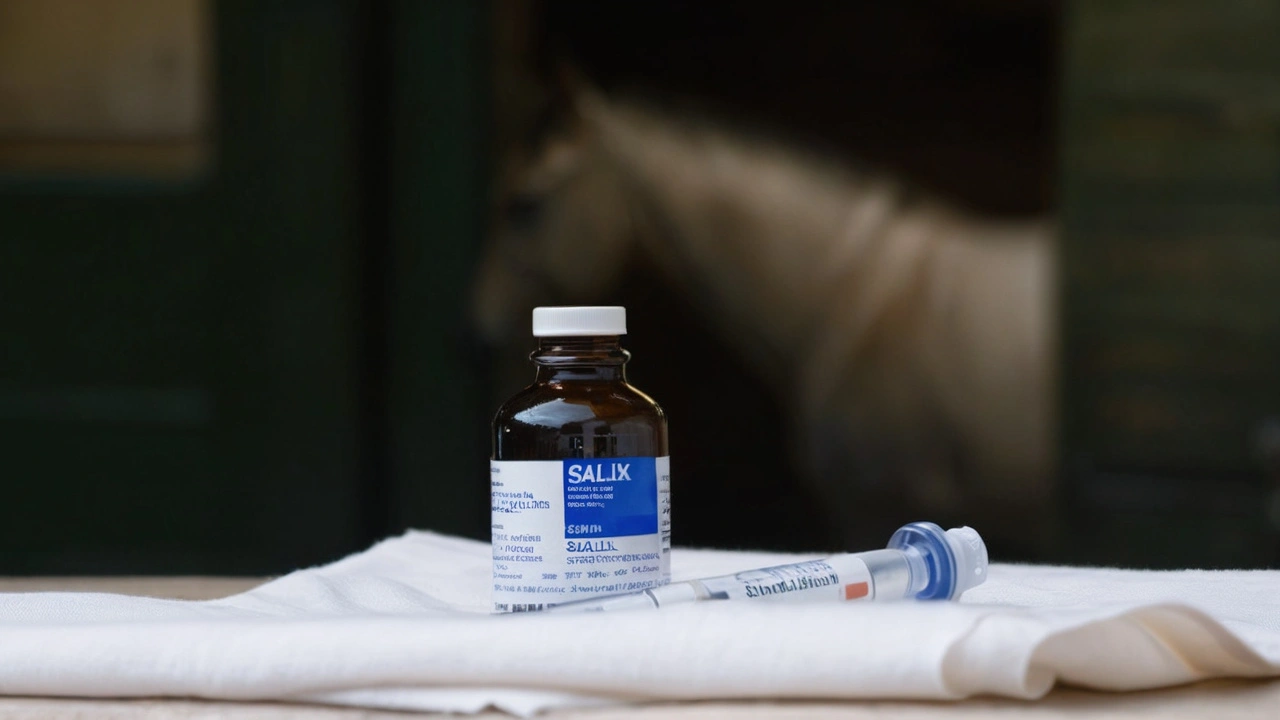HISA launches Lasix study — July 2024 archive
In July 2024 the Horseracing Integrity and Safety Authority (HISA) announced a funded study — $773,500 — to test whether furosemide, called Lasix, affects performance in Thoroughbred racehorses when given 48 hours before a race. The research will be led by veterinary and sports science centers and aims to give clear data that can shape rules and protect horse welfare.
What is Lasix? Veterinarians use furosemide to reduce bleeding in the lungs during exercise, a condition called exercise-induced pulmonary hemorrhage (EIPH). It is also a diuretic, so it can change weight and fluid balance. That mix of medical benefit and physical effects is why some people worry it might also change race outcomes.
Why this study matters: regulators, trainers, owners, and bettors want solid evidence. If the study finds a performance edge when Lasix is given 48 hours before racing, HISA may change medication timing, testing windows, or approval rules. If it does not, regulators can use the data to support current policies or refine welfare-focused guidelines.
How the study will help vets and trainers: clear data on timing and physiological effects makes treatment choices less guesswork. Trainers can plan treatments that prioritize horse health while staying within the rules. Veterinarians will get better guidance on dosing, monitoring, and when alternative treatments might be safer.
What to watch next: look for HISA updates, published papers, and summary reports from the participating research teams. Early notices will likely describe study design, sample sizes, and testing methods. Later releases will show measured effects on performance metrics, blood and urine markers, and lung health assessments.
Short-term practical steps for stakeholders: trainers should review current medication protocols with their vets and document reasons for any Lasix use. Owners should ask for medical records if they want clarity about a horse’s treatment. Bettors might avoid assuming treatment equals advantage until the study publishes results.
Broader implications: this study could influence medication rules worldwide. Racing bodies in other countries often watch HISA research when they set their own standards. Clear, peer-reviewed evidence reduces guesswork and supports animal welfare.
We’ll keep tracking the story and post plain summaries when the research publishes. If you care about fair racing, horse welfare, or betting transparency, this study is worth following. Check back for updates and practical summaries as results become available.
Study details to expect
The research will likely include controlled testing of horses given Lasix 48 hours before racing compared with untreated controls, measuring race times, recovery, fluid balance and EIPH scores from endoscopic exams. Teams will collect blood and urine for markers like electrolytes, hematocrit and drug concentrations to link physiology to performance. That combination helps separate a true performance boost from medical effects.
How to follow and prepare
To stay informed, watch HISA press releases and summaries from the research centers. Trainers and owners should document treatments and discuss backup plans with vets if rules change. Fans and bettors should treat early rumors cautiously and wait for published data before changing assumptions about a horse's chances.
